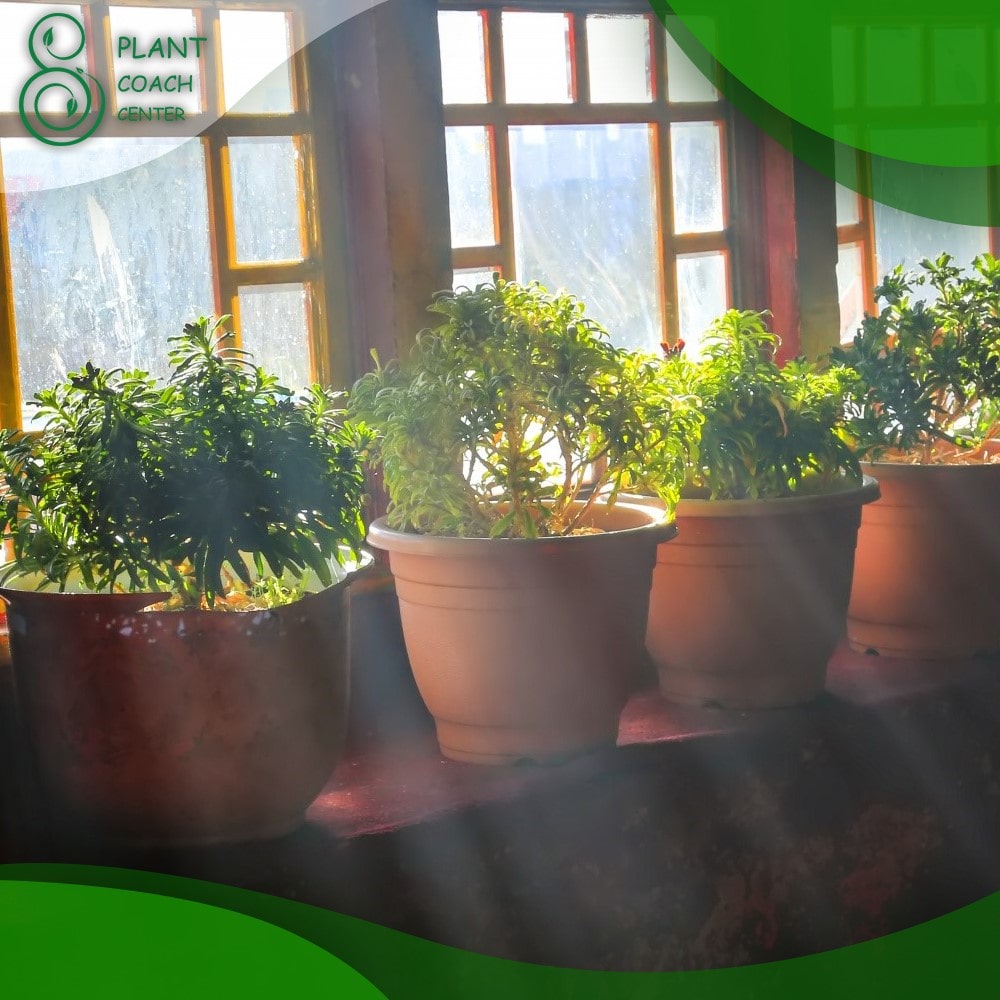When Should You Bring Plants Inside
Gardening is a delightful dance with nature that changes as the seasons do. One question that often puzzles garden enthusiasts is, “when should you bring plants inside?” This query is especially significant given the differences in the needs of various plants, the impact of climatic changes, and the necessity for a plant-friendly indoor environment. In this article, we’ll untangle this complex topic and provide you with a comprehensive guide, courtesy of PlantCoachCenter.com.
Understanding Your Plant
The Basics: Individual Plant Requirements
Every plant species has unique requirements in terms of light, water, temperature, and soil composition. Researching your plant’s specific needs is the first step towards creating an optimal environment for it, both outdoors and indoors.
The Effect of Seasons on Plant Health
Plants are sensitive to changes in the season. As daylight hours shorten and temperatures drop, plants may enter a state of dormancy, similar to animals hibernating. Understanding the seasonal cycles of your plants will help you determine the best time to bring them inside.
Role of Temperature and Light: A Closer Look
Temperature and light play significant roles in plant health. Most plants favor a specific temperature range and require a certain amount of light each day. Knowing these preferences will help you decide when to move your plants indoors and where to place them for optimal growth.
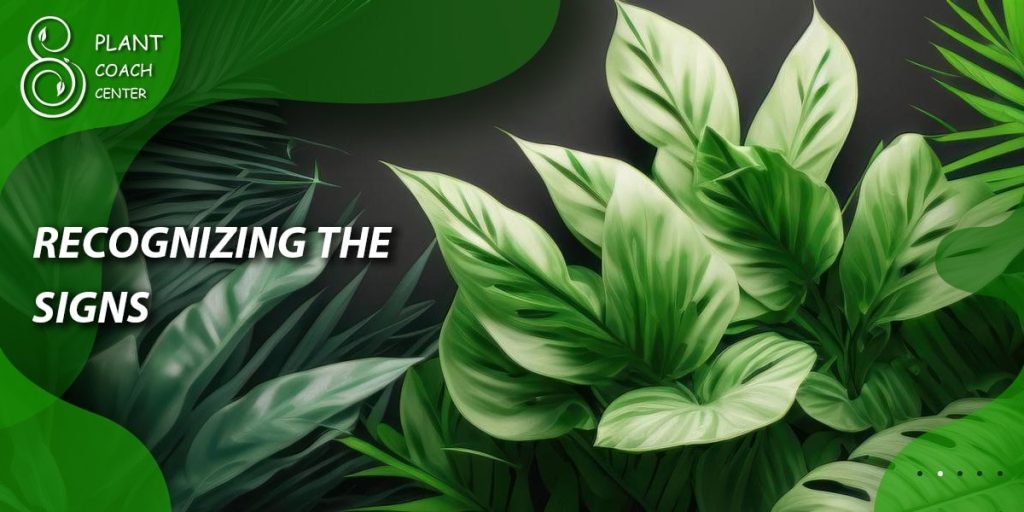
Recognizing the Signs
What Your Weather Forecast Means for Your Plants
Keeping an eye on the weather forecast is crucial as sudden drops in temperature, frost, or snow can harm or even kill your plants. When forecasts predict such weather changes, it’s time to consider moving your plants indoors.
Reading the Physical Changes in Your Plants
Physical changes like wilting, discoloration, or slowed growth can indicate that your plants are struggling with current outdoor conditions. These signs may suggest it’s time to bring your plants inside.
Intruder Alert: Monitoring Insect Activity
Increased insect activity can be a sign that it’s time to move your plants. Insects often seek shelter in plants during colder weather, and moving your plants indoors can prevent these pests from invading your home.
Making the Big Move
Setting the Stage: Preparing Your Indoor Environment
Before moving your plants, prepare a suitable indoor environment. This includes ensuring adequate light, setting a consistent temperature, and arranging space for all plants.
Step by Step: The Process of Acclimating Plants Indoors
Avoid moving your plants straight from outside to inside as the sudden change can shock them. Instead, gradually acclimate them by bringing them in for a few hours each day, gradually increasing the duration.
Timing Is Everything: Scheduling Your Plant’s Move
Timing the move is crucial. It’s generally best to bring plants inside before the temperatures drop below 50°F (10°C) consistently at night.
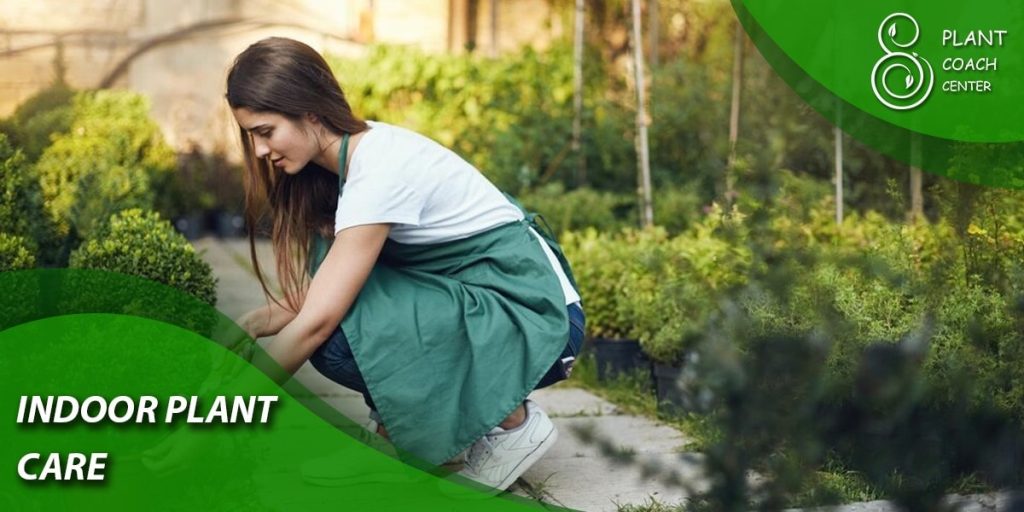
Indoor Plant Care
Staying Vigilant: Monitoring Indoor Conditions
Indoor plants require regular monitoring. Keep an eye on room temperature, light levels, and humidity, and adjust as necessary to mimic your plant’s natural environment.
The Right Amount: Understanding Watering and Feeding Needs
Indoor plants often require less watering than their outdoor counterparts due to slower rates of evaporation indoors. Overwatering is a common issue, so it’s important to understand your plant’s watering needs.
Keeping It Tidy: Pruning and Maintenance of Indoor Plants
Indoor plants can benefit from regular pruning to remove dead leaves and promote bushier growth. Regular maintenance also includes rotating plants for even light exposure.
Common Indoor Plant Problems and Solutions
Keeping Pests at Bay: Detection and Prevention
Indoor plants can still be affected by pests. Regularly inspect your plants for signs of infestation and treat as necessary.
Let There Be Light: Overcoming Indoor Lighting Problems
Not all areas of your home will provide sufficient light for your plants. If necessary, consider using artificial grow lights to supplement natural light.
The Watering Woes: Addressing Overwatering and Under Watering
Overwatering and under watering are common issues with indoor plants. Learning to read the signs of both conditions will help you maintain the right watering balance.
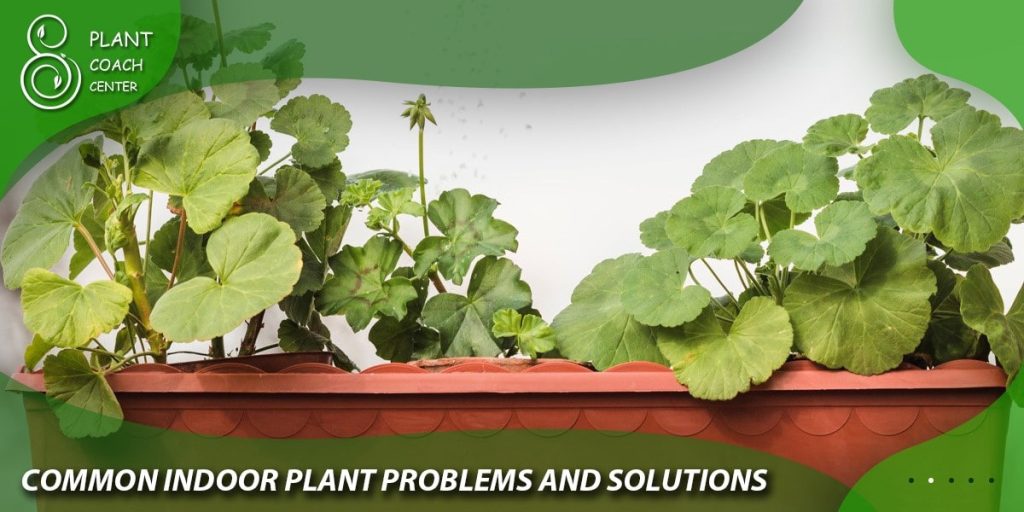
Recognizing Overwatering and Under Watering Signs in Indoor Plants
Overwatering and under watering are two of the most common issues faced by indoor gardeners. Recognizing the signs of both conditions can help you adjust your watering schedule and keep your plants healthy.
Overwatering
Overwatering is a common problem, especially for indoor plants. It’s often easier to give plants too much water than not enough. Here are some signs your plant might be getting too much water:
Yellowing Leaves: Overwatered plants often have soft, yellowing leaves. This is because the plant’s roots are filled with water and cannot take in oxygen, which leads to leaf discoloration.
Wilting: Overwatered plants may wilt even though their soil is wet. This wilting can happen because the waterlogged conditions disrupt the root’s ability to deliver nutrients and water to the plant.
Root Rot: If the overwatering continues, the roots can begin to rot, often leading to a foul smell emanating from the soil.
Mold or Fungus: Too much water creates a damp environment where mold and fungus can thrive, often seen as a white, powdery substance on the soil surface or the base of the plant.
Leaf Drop: Overwatered plants can also start to shed leaves, especially if they’ve developed root rot.
Under watering
Under watering is less common for indoor plants but can still be an issue, especially in dry environments or for plants with high water needs. Signs of under watering include:
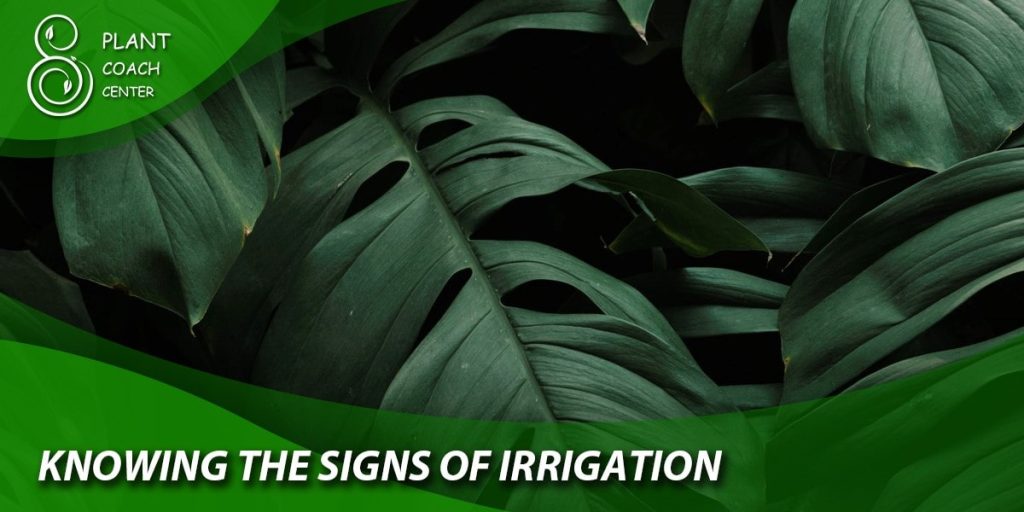
Dry, Crispy Leaves: Leaves tend to lose their lush green color and become dry, brittle, and even crispy when a plant is under watered.
Wilting: Like overwatered plants, under watered plants may also wilt. However, their soil will feel dry to the touch, as opposed to the wet soil of overwatered plants.
Slow Growth or No Growth: If your plant isn’t growing, it might not be getting enough water. Plants need water to photosynthesize and grow, and a lack of water can stunt growth.
Brown Leaf Tips or Edges: The leaf edges or tips may turn brown and crispy when a plant is under watered, as these parts of the leaf are furthest from the roots and thus get water last.
Lower Leaf Loss: Under watered plants often shed their lower leaves first, as the plant attempts to conserve water by directing it to new growth.
By identifying these signs, you can correct your watering habits to ensure your indoor plants are thriving. It’s important to remember that different plants have different water requirements, so it’s always a good idea to research the needs of each specific plant type.
Conclusion
In conclusion, understanding your plants’ needs and being observant of their conditions are key to successful indoor gardening. By recognizing signs of overwatering, under watering, and seasonal changes, you can ensure healthier, happier plants, and ultimately, a more vibrant and inviting indoor environment.
When should I bring my potted plants indoors?
Potted plants should generally be brought indoors when the nighttime temperature consistently falls below 50°F (10°C).
How can I help my plant acclimate to being indoors?
Gradually transition your plant indoors, starting with a few hours a day and slowly increasing the time over a week or two.
What if I don't have a lot of natural light inside?
If you lack natural light inside, consider using artificial grow lights. They can provide the necessary spectrum of light for photosynthesis. Alternatively, select plants that thrive in low-light conditions, such as snake plants or peace lilies.
How can I prevent pests when bringing my plants indoors?
Before moving your plants indoors, thoroughly inspect them for signs of pests. If you find any, treat the plants with an appropriate pesticide or insecticidal soap. Once inside, continue to monitor your plants for pests and disease.
How often should I water my indoor plants?
The watering needs of indoor plants vary greatly depending on the species, pot size, and indoor environment.
What are some common signs that my plant is stressed?
Signs of a stressed plant can include yellowing leaves, wilting, leaf drop, and stunted growth. If you notice these signs, reassess your plant care. It could be related to lighting, watering, temperature, or even the need for repotting.


